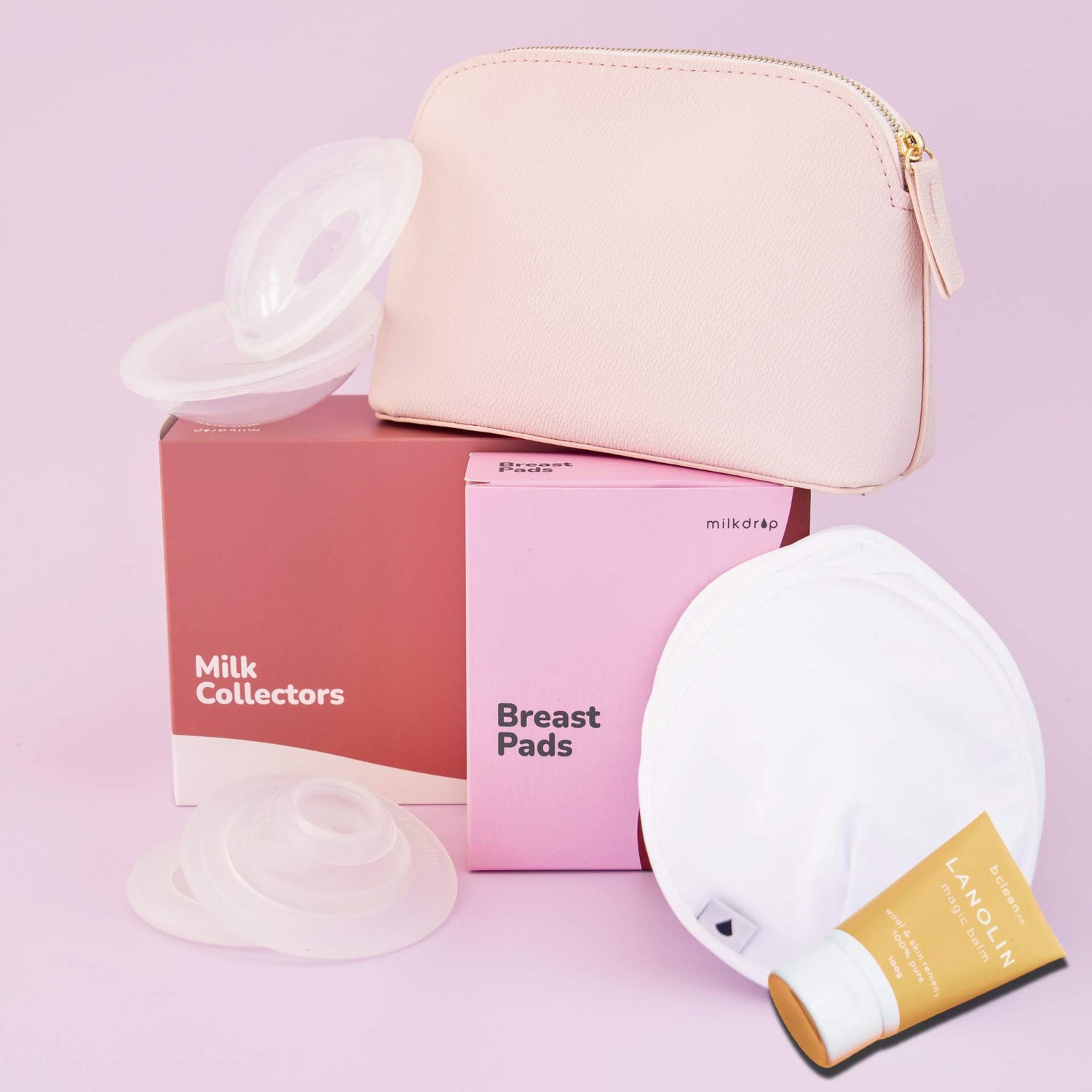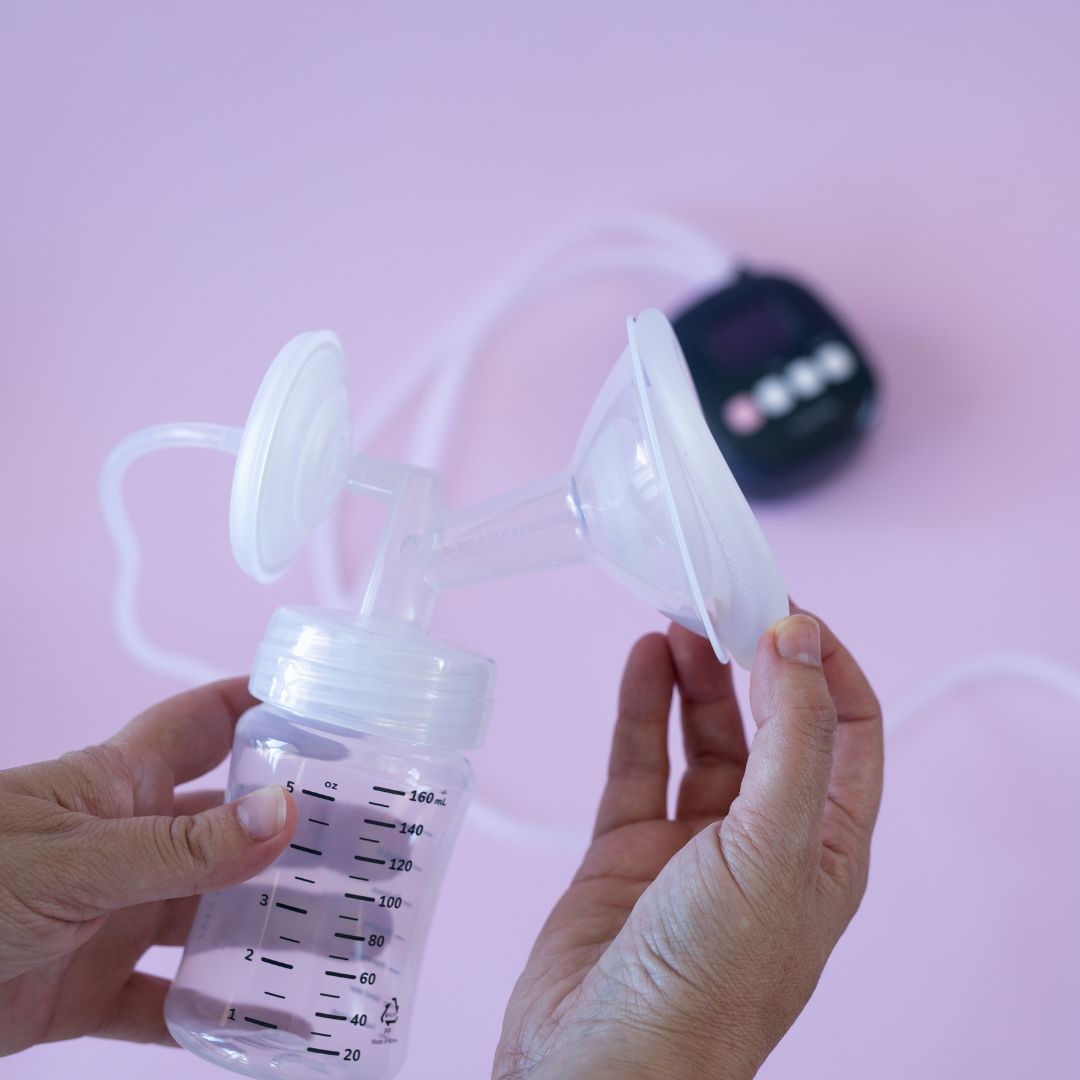Stuck deciding between electric and manual pumps?
Here are some pros and cons that we gathered from surveying and speaking with hundreds of women over the last two years as part of our research into how and why women pump.
Which pump do you recommend?
We don't want to promote one pump over another, so we'll keep this quite broad. Having said that, our surveys find that most (over 90%) of mothers use electric pumps, and over half (56%) use both. 
What are the pros and cons of each?
Before we launch into comparisons, let's start with definitions. We define a manual pump is one that you either use your hand to squeeze, or which passively sits onto your breast. An electric pump is one you plug into the wall or runs on batteries.
Manual pumps
Examples: Ameda manual, Ardo Amaryl, Haakaa Silicone pump, Evenflo manual, Freemie Equality, Medela Harmony, Spectra Handy, Tommee Tippee Manual.Pros
- Cheaper
- Can mimic the rhythm of your baby's suck more easily
- No mechanical noise, so it's a bit less depressing
- Fewer bits and pieces
- Can passively collect milk that would otherwise be lost from your other breast, while you're pumping or feeding from the other.
- Possible hand or wrist pain. Women who used a manual pump had higher rates of hand and wrist pain (at about 57%) compared with women who used only electric pumps, where about 30% had wrist pain. Some women said they played around with positioning, and tried to use their thumbs or palms to try to pump for a break.
- Possibly collects less milk. Anecdotally, women told us that they moved to electric pumps because they were able to collect more in one sitting.
- Not hands free. It may be obvious, but if you're using your hands to pump, you're not free to do anything else.
Electric pumps
Examples: Ameda Purely Yours, Ameda Finesse, Ardo Calypso, Ardo Carum (hospital grade), Evenflo Advanced Electric, Freemie Freedom, Freemie Independence, Freemie Liberty, Lucina Melodi, Medela Freestyle, Medela Swing, Medela Symphony (hospital grade), Philips Avent, Spectra S1, Spectra S2 (hospital grade), Spectra DEW350 (hospital grade), Spectra M1, Tommee Tippee Electric.Pros
- More powerful, which some imply that they can collect more milk. It's very difficult to prove this though, so watch out for claims about 'more efficient' or 'more productive' pumps. The real value of having more power, is that it allows you pump two breasts at once. This halves the time you spend pumping. Great if you're busy! And who isn't?
- Can be hooked up hands free, allowing you to do other stuff. Which, let's be honest, is probably just chilling out on your phone. Having said that, we have heard from some amazing women who can do work, eat lunch, drive or exercise while they pump. We are as impressed by these women as we are by the ones who can wander around with a baby feeding on their breast. Boss!
- Lower chance of pain in the wrist or hand. Electric pumps mean that you don't have to repeatedly squeeze the pump. We found that about 30% of women using electric pumps had wrist pain, compared with about 57% of women using manual pumps.
- More expensive
- The suction can go quite high, which means its tempting (if you're trying to increase supply, or collect more milk in less time) to dial it up and sit on it for a long time. Take care - it can cause damage, swelling and abrasions to the nipple and areola.
- Can be restrictive in pumping rate, although there are pre-set rhythms that you can choose from in some pumps that are meant to mimic the different sucking patterns of babies.
- Noisy, although some pump brands are working on this.
- Lots of bits and pieces to clean, store and carry.
- Some electric pumps aren't portable, so you can feel stuck.
So what should I do now?
Think about why you're pumping and your routine at the moment. Do you need to save time because you're back at work or have other kids running around? Are you trying to increase your supply, or exclusively feed via pumping, and are stuck on the pump several times a day? An electric pump might take the edge off in these situations.
Regardless of your reason for pumping (and you may have more than one), remember that most women will try more than one pump before they settle on something that works for them and the stage they're at.
So don't be afraid to try a few out. Ask your (close) friends if you can try theirs, or hire one for a bit. We're all different.
Didn't answer your question?
Hmm... Check out this post on electric and manual pumps.
If you're still left wondering, or you think we've got something wrong, then please email us at support@milkdroppumps.com.
You can read our full report on pumps and pumping here.
What mums say.
We'll leave you with a quote from one woman about going to electric from manual pumping.
"With my first baby I didn’t pump for long because it was awkward and time consuming. But with my second, we hired a pump and I did both at same time which was much more efficient."
And from another about how electric pump made her feel.
" I developed a lot of sympathy for dairy cattle"
Photo: Look Studio



